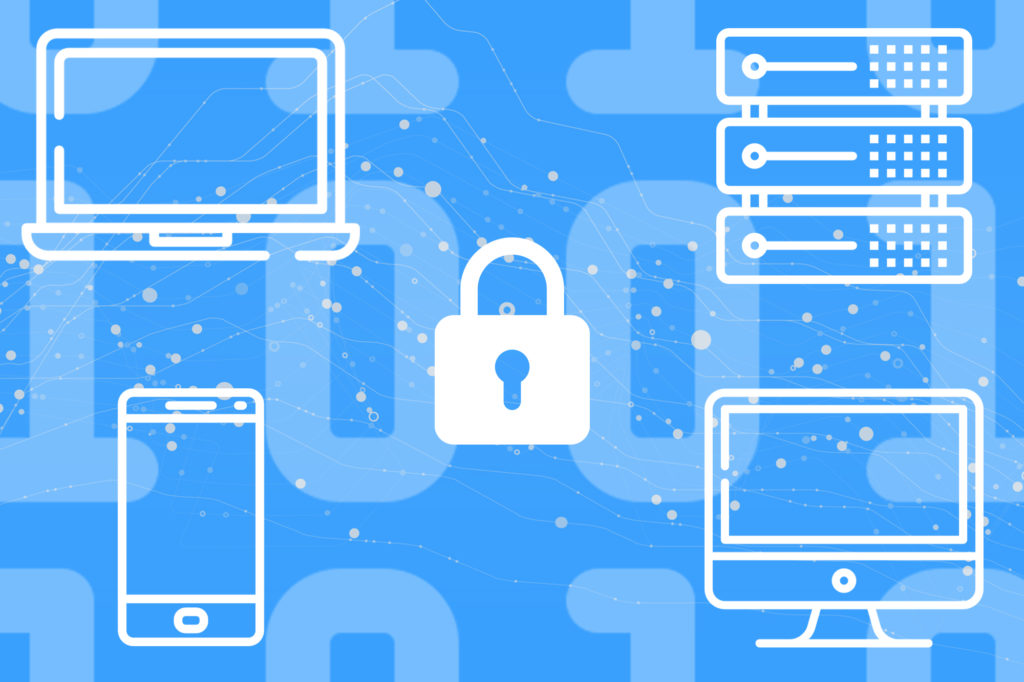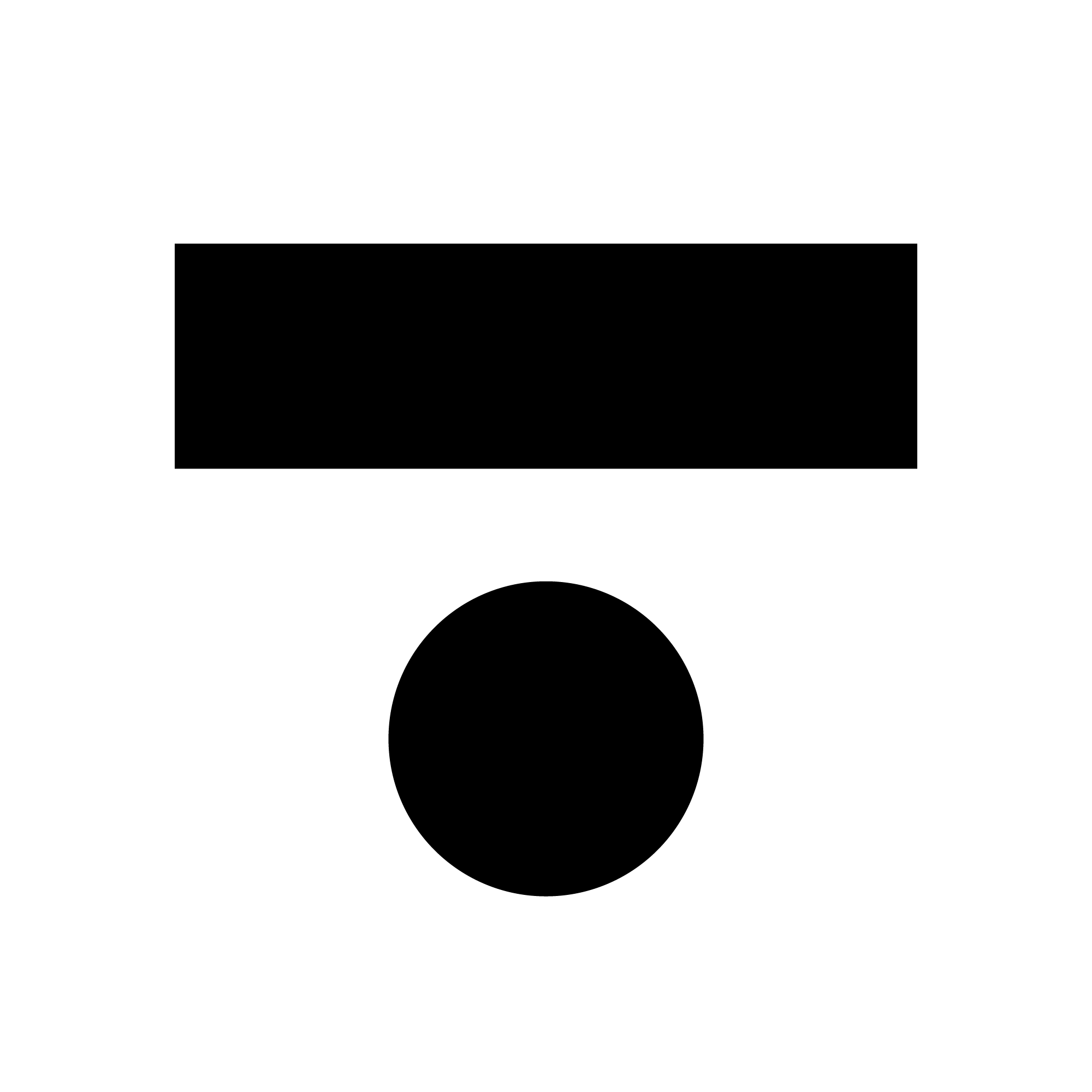Welcome to our latest FAQ Friday — blockchain FAQ — where industry experts answer your burning technology and startup questions. We’ve gathered top Minnesota authorities on topics from software development to accounting to talent acquisition and everything in between. Check in each week, and submit your questions here.
This week’s FAQ Friday is sponsored by Coherent Solutions. Coherent Solutions is a software product development and consulting company that solves customer business problems by bringing together global expertise, innovation, and creativity. The business helps companies tap into the technology expertise and operational efficiencies made possible by their global delivery model.
Meet Our FAQ Expert
Max Belov, CTO of Coherent Solutions
Max Belov has been with Coherent Solutions since 1998 and became CTO in 2001. He is an accomplished architect and an expert in distributed systems design and implementation. He’s responsible for guiding the strategic direction of the company’s technology services, which include custom software development, data services, DevOps & cloud, quality assurance, and Salesforce.
Max also heads innovation initiatives within Coherent’s R&D lab to develop emerging technology solutions. These initiatives provide customers with top notch technology solutions IoT, blockchain, and AI, among others. Find out more about these solutions and view client videos on the Coherent Solutions YouTube channel.
Max holds a master’s degree in Theoretical Computer Science from Moscow State University. When he isn’t working, he enjoys spending time with his family, on a racetrack, and playing competitive team handball.
This Week’s FAQ Topic — Blockchain
What is blockchain?
Blockchain is a technology that … yes, we can ask Google for a definition of any given word, but you can get confused and lost in thousands of the suggested results when it comes to googling technologies, especially one as multi-faceted as blockchain. The best way to understand the technology is to refer to the history of its development where the starting point was a problem that could be solved by applying the technology.
Consider the following situation. Your friend has a painting that costs $10,000. We can say that the painting is unique and valuable because the friend has the required documentation that proves it. You decide that you really want that painting and want to buy it from your friend. So, you give your friend $10,000, and after that, the friend gives you the painting. That was simple, right? Now imagine your friend has a unique and valuable digital picture. The friend sends it to you by email, and you transfer $10,000 to their bank account. Now it is getting interesting. How do you know that the picture belongs to only you? Maybe your friend made a couple of copies. We assume that your friend is an honest person, but how do we check the picture’s uniqueness in case your friend got the picture from someone else?
If we have some digital information, there are many cases when we need to be sure that the data is valid and that third parties like hackers have not modified the information, and the history of valid changes is verifiable.
Let us consider a business case where organizations need to manage and transact such assets as finances, real property, medical records, physical goods, etc. It is essential to enable the following features for involved parties:
- If an asset’s information changes, it should be transparent for all parties.
- It is impossible to change and update an asset’s information without the owner’s acknowledgment and approval.
- The history of changes is transparent and verifiable.
To implement such a scenario, there should be a database that accurately records the required assets information. As practice shows, typical databases with one logical owner (centralized relational databases like MySQL or distributed non-relational databases like Apache Cassandra) do not meet our requirements. In 2016, hackers attempted to steal $951 million from Bangladesh bank and succeeded in getting $101 million. The same year, 57 million users’ personal information was breached at Uber and Facebook faced a database data leak of 419 million users in 2019. In all these cases, the central database that stores all of the information about various assets proved to be vulnerable to an attack despite all the precautions taken by its owners.
But in 2008, a new type of data storage technology was invented, and it was called blockchain. This technology took enough time to overcome initial challenges and obstacles to wide adoption and it is an excellent alternative data management solution today. Blockchain is based on Distributed Ledger Technology (DLT) technology. Its key components are:
- Information is stored across a distributed network of servers owned by different entities.
- All proposals to update and change information are done by applying respective actions called “transactions.”
- Transaction integrity is maintained based on digital signatures.
- To apply proposed changes, transactions are verified by a specific algorithm called a “consensus algorithm.”
- All transactions that have been successfully applied are stored in “blocks” linked using cryptography and enable the verifiable history of changes.
- There are no single points of failure or single data owner.
Blockchain makes digital representation of any asset unalterable and transparent using decentralization and cryptographic hashing.

What benefits to business and client privacy does blockchain offer?
Greater transparency
The beauty of blockchain lies in the fact that it creates trust out of mistrust. Transactions must be agreed upon before they are recorded. Think of a large group of people with their own ledgers or record books. These people can and will only add to the ledger if most of the people agree upon the authenticity of the proposed addition. This group action or “distribution” is incredibly powerful and can provide businesses with peace of mind, and customers as well.
Enhanced security
The biggest problem with any centralized ledger or a handful of centralized ledgers is vulnerability to corruption and manipulation. Blockchain transactions and blocks are linked using cryptography, and all information is stored across a network of computers instead of on a single server. That makes it difficult for hackers to compromise the data.
Improved traceability
Given that all blocks of transactions from the very beginning of the ledger are linked, it brings one more significant feature of blockchain — immutability. Here’s how Here’s how IBM describes the benefits: “When exchanges of goods are recorded on a blockchain, you end up with an audit trail that shows where an asset came from and every stop it made on its journey. This historical transaction data can help to verify the authenticity of assets and prevent fraud.”
Increased efficiency and speed
Due to its decentralized nature, blockchain removes the need for intermediaries in many processes that are prone to human errors. Asset management processes are made more efficient with a unified system of an ownership record and smart contracts that automate agreements.
Reduced costs
Today, most businesses spend significant efforts to bring trust, transparency, security and efficiency. We can see this in the form of intermediaries or specialized companies that provide these services to other businesses at a cost. However, because of blockchain’s nature, businesses can massively decrease their overhead costs and direct those cost benefits to customers or other initiatives.
What are some use cases of blockchain that startups and smaller businesses could take advantage of?
Now that you have seen how blockchain technology can benefit your business and clients, let us look at how startups and small businesses could take advantage of it. From payments (by decreasing time and fees of money transfer) to smart contracts enabling new and innovative business models by processing transactions via a protocol that automatically executes, controls or documents legally relevant events and actions according to the terms in a contract or agreement. Organizations collaborate easier and more securely. Here are just a few of the use cases.
Supply chain
In most cases, it requires intermediaries that slow down procurement process and makes records susceptible to errors that are not uncommon. Another challenge is the fraud that is made possible by the lack of transparency. This is where blockchain technology steps in. It cannot be corrupted, nor can it lose any document/information along the chain of custody. All deals are transparent and auditable.
Healthcare
The application of blockchain technology is intended to be incredibly valuable in the context of Digital Health services. Personal health records management could be significantly improved to enable more effective and customized healthcare by:
- Patient Data Management – Gives patients full data ownership over their medical records.
- Clinical Adjudication – Supports in the validation, coordination and maintenance of consistent adherence to approved clinical trial protocols.
- Claims Adjudication – Offers clear and transparent communication of patient billing through smart contracts that do not lead to over-billing the patient
- Drug Supply Chain – Allows to reliably check a drug’s origin and manufacturing history, thus identifying a counterfeit medication or prescription.
-
Cloud storage
Cloud storage was a hit when it first appeared, but the system is not bulletproof. Since companies store user data in centralized servers, this means that cloud storage has central points of failure that make the whole system vulnerable. By using blockchain technology, decentralized cloud storage makes your files unhackable.

How long does it take to incorporate blockchain into business operations?
It really depends on your business and use case. Here are the key steps you need to take to incorporate blockchain into your business.
Identify a relevant use case
There are a lot of different valid use cases across multiple industries, including: banking & finances, retail, digital identity, healthcare, supply chain, notary, ad tech, music, and video, etc. If we abstract all use-cases to a higher level, we find that the most use cases fall under one or more of the following categories: asset management, authentication & verification, and smart contracts.
Research legal/Regulatory requirements
Many countries are still very skeptical about this technology, especially when applied in the financial industry, and are therefore taking stringent measures to regulate it or even ban it altogether. Since blockchain is still an emerging technology (yet to go mainstream), the laws governing its applications are either not there at all or are very poorly defined.
Identify the consensus mechanism
A consensus algorithm is what determines if a transaction is valid and can be added to the blockchain. There are many different consensus algorithms available: Proof of Work (PoW), Proof of Stake (PoS), Byzantine Fault Tolerance (BFT), Proof of Elapsed Time (PoET), Proof of Authority (PoA), Delegated PoS (DPoS), etc. Each consensus algorithm has its pros and cons, so there is no “best’ consensus algorithm. The algorithm should be chosen depending upon the use case. Generally, there is a trade-off between decentralization, security, transparency, cost of executing the algorithm and system performance.
Selecting a blockchain platform
Just the way there are multiple consensus algorithms at our disposal, there are numerous platforms on which we can implement blockchain solutions: public, private and consortium blockchains. Many of them are free and open source. The selection of the ideal platform depends upon the use case and consensus algorithm. The differences between public, non-permissioned blockchain networks and private, permissioned networks are straightforward and understanding the differences is crucial for deciding what best suits your needs.
Need more information on blockchain? Check out this blog from Coherent Solutions.
Still curious? Ask Max and the Coherent Solutions team questions on Twitter at @CoherentTweets.
![]()
Don’t stop learning! Get the scoop on a ton of valuable topics from Max Belov and Coherent Solutions in our FAQ Friday archive.






